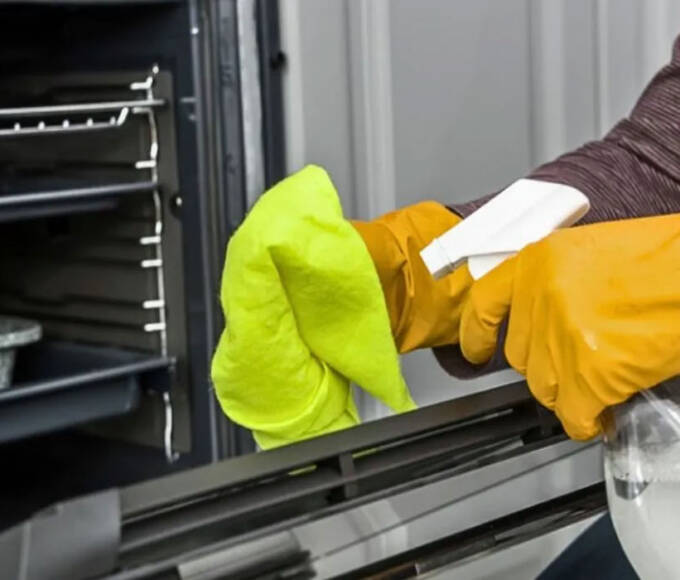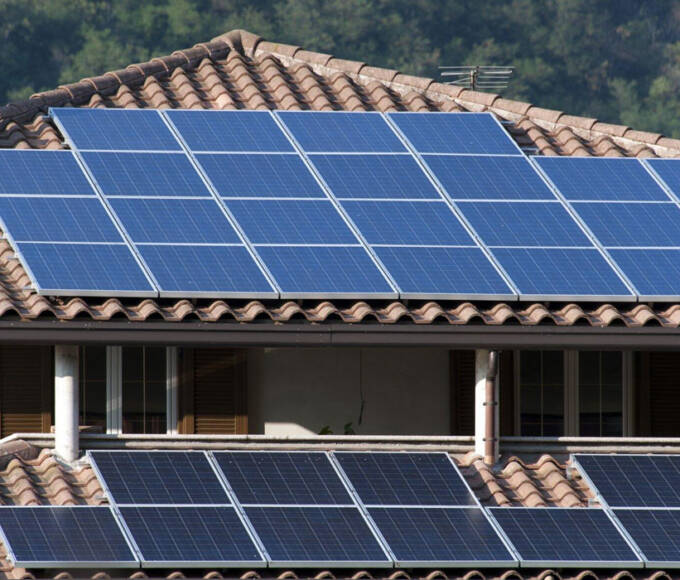Welcome to the ultimate adventure in homeownership – a certified home inspection! Imagine it as a treasure hunt, seeking out every nook, cranny, and hidden gem of your potential new home.
A certified home inspection is your map to understanding the true condition of your castle. It ensures that your investment is sound and your future is secure. Buckle up and dive into the fascinating world of beams, wires, pipes, and panels.
This guide will walk you through what to expect, making the process smooth and stress-free. Let’s get started!
Step One: Scheduling the Inspection
Once you have made an offer on a home, it is crucial to schedule a certified home inspection as soon as possible. This will give you time to negotiate any repairs or contingencies before the closing date.
The best way to find a qualified inspector is to ask your real estate agent, friends, or family for recommendations. You can also search for certified inspectors through professional organizations.
Sometimes, cash home buyers like from https://www.socalbuyers.com/ may conduct an inspection process. So, awareness of potential issues can empower sellers in negotiations and get cash quickly.
Step Two: Preparing for the Inspection
Before the inspection, ensure you can access all home areas, including attics, crawl spaces, and garages. Remove any obstacles, including furniture or personal belongings, preventing the inspector from accessing these areas.
Having a list of questions ready for your inspector is also helpful. Write down any concerns you may have about the property. This will ensure that all your inquiries are addressed during the inspection.
Step Three: The Inspection Process
During the inspection, the certified home inspector will examine the interior and exterior of the property. These include water damage, structures, HVAC systems, and components. It may also include but is not limited to:
- Roof
- Exterior walls
- Foundation
- Plumbing
- Electrical
- Attic and insulation
- Windows and doors
- Safety hazards
The inspector will also use specialized tools. This includes moisture meters and thermal imaging cameras. It will detect hidden issues that may not be visible to the naked eye.
Step Four: The Inspection Report
After the inspection, the inspector will provide a detailed report of their findings. This report will include photos and descriptions of any defects or safety hazards. There would also be recommendations for repairs or further evaluation by a specialist.
Carefully review the report and discuss any concerns with your inspector. You may also use this information to negotiate repairs or a lower purchase price with the seller.
Step Five: Taking Action
With this knowledge, you can make an informed decision about purchasing the property. You may proceed with the purchase and request repairs or credits from the seller. You may even walk away from the deal if significant issues are discovered.
Remember, a certified home inspection is not intended to be a deal-breaker. It is a tool to help you make an informed decision about your investment.
Your Home, Your Peace of Mind: The Certified Home Inspection Advantage
A certified home inspection gives you a clear understanding of the condition of your potential new home. It allows you to move forward with your purchase confidently.
With the help of an inspector, you can have peace of mind. You’ll know that your investment is sound and your future is secure.
Congratulations on completing your certified home inspection! You are one step closer to owning your dream home. Happy hunting!
For more insights, tips, and guides on navigating the exciting world of real estate, visit our blog!








